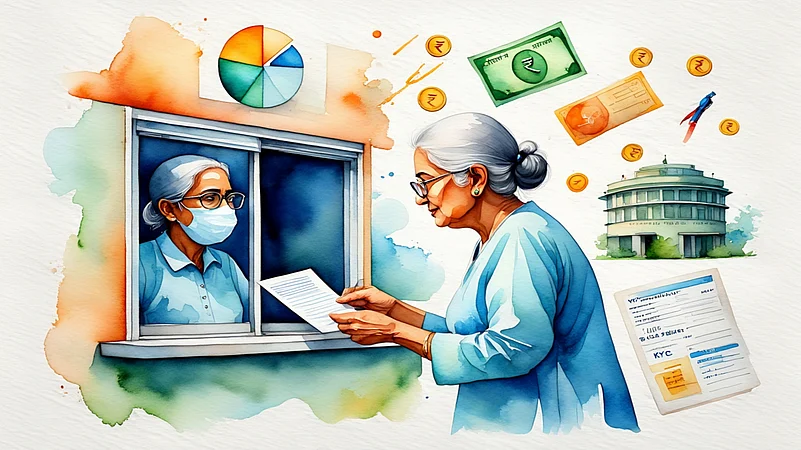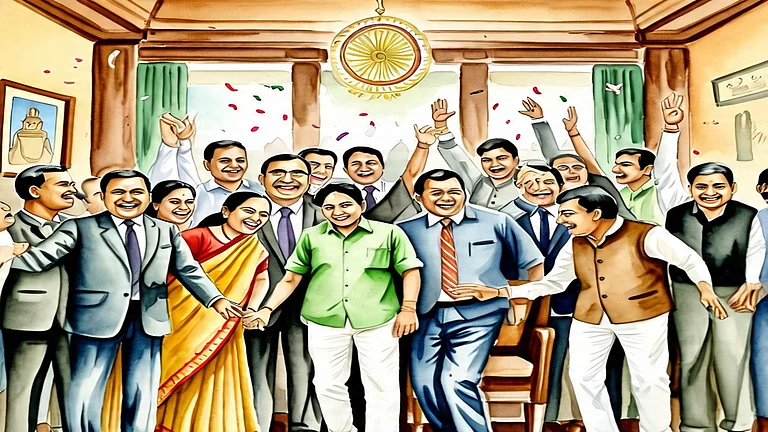The Unified Pension Scheme (UPS) has been implemented since April 1, 2025, for the central government employees as an alternative to the National Pension System (NPS). According to the recent data shared by the Union Finance Minister, Nirmala Sitharaman, in a written reply in the Lok Sabha, around 69 per cent of the claims raised by the retirees under UPS have been processed. As of July 20, 2025, 7,253 claims were made, of which 4,978 claims (around 69 per cent) were processed for paying the benefits of UPS. Per the reply, there are 25,756 retired central government employees who are eligible for UPS benefits.
Unified Pension Scheme (UPS)
The government first announced the UPS on August 24, 2024. On March 20, 2025, the Pension Fund Regulatory and Development Authority issued a gazetted notification describing the rules of the scheme. The rules and regulations became effective from April 1, 2025. The employees who are covered under the NPS can opt for UPS by September 30, 2025. This is a one-time choice, and once the option is selected, it cannot be changed. The selected option is irrevocable.
Who Can Exercise The UPS Option?
According to the rule, an existing employee covered under the NPS can exercise the pension option. A new joiner who joins service on or after April 1, 2025, is also eligible. Besides this, a central government employee who has superannuated, taken voluntary retirement, or retired under Fundamental Rule 56(j) on or before March 31, 2025, can also opt for UPS. In addition, the legally wedded spouse of an employee who retired, superannuated, or died before exercising the UPS option can also opt for UPS.
Fundamental Rule 56(j)
The FR 56(j) deals with the forced retirement of an employee by the authorities.
The appropriate authority has the right to retire a government employee by giving such employee a notice of not less than three months in writing. Otherwise, such an employee can be paid three months’ pay and allowance instead of giving the notice period and can be retired, if the authority deems it to be in the public interest.
If the employee in question is in Group A or Group B service in a “substantive, quasi, or temporary capacity” and joined the service before turning 35 years, and has attained the age of 50 years. For other cases, the authority can retire an employee after the age of 55 years.
An eligible retiree can exercise the switch option offline or online.
• Under the offline option, an eligible retiree needs to visit the Drawing and Disbursing Officer (DDO) office and submit the relevant form along with the KYC documents. Here, Form B2 is for subscribers (retirees). In case the subscriber (retiree) is deceased, the legally wedded spouse needs to fill out Form B4 or B6 and submit it along with the KYC documents. One can download these forms from the NPS official website.
• Under the online option, a subscriber needs to visit the official website of the Central Recordkeeping Agency (CRA), fill out the relevant Form, and submit it online.


















